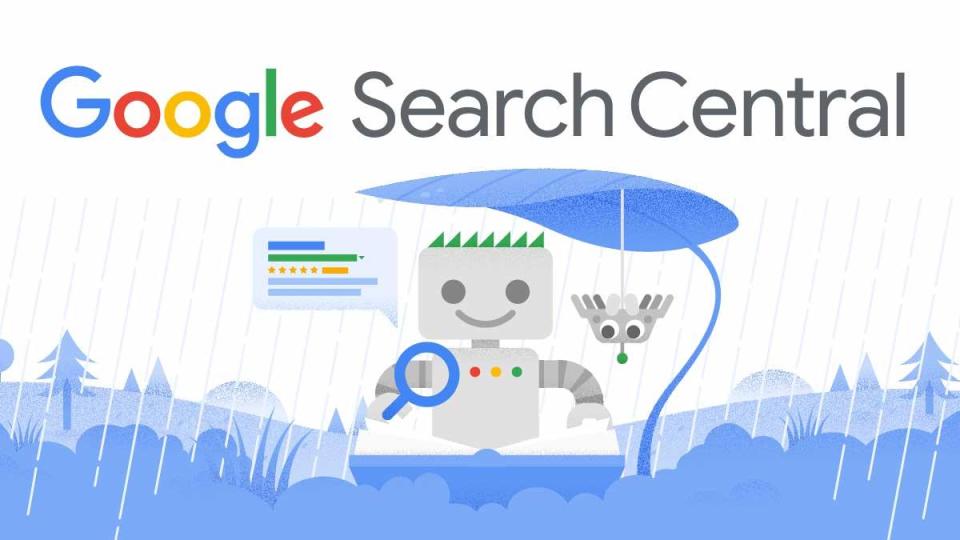This document specifies and extends the "Robots Exclusion Protocol" method originally defined by Martijn Koster in 1994 for service owners to control how content served by their services may be accessed, if at all, by automatic clients known as crawlers. Specifically, it adds definition language for the protocol, instructions for handling errors, and instructions for caching.| www.rfc-editor.org
The Hypertext Transfer Protocol (HTTP) is a stateless application-level protocol for distributed, collaborative, hypertext information systems. This document describes the overall architecture of HTTP, establishes common terminology, and defines aspects of the protocol that are shared by all versions. In this definition are core protocol elements, extensibility mechanisms, and the "http" and "https" Uniform Resource Identifier (URI) schemes. This document updates RFC 3864 and obsoletes RFCs 2...| www.rfc-editor.org

